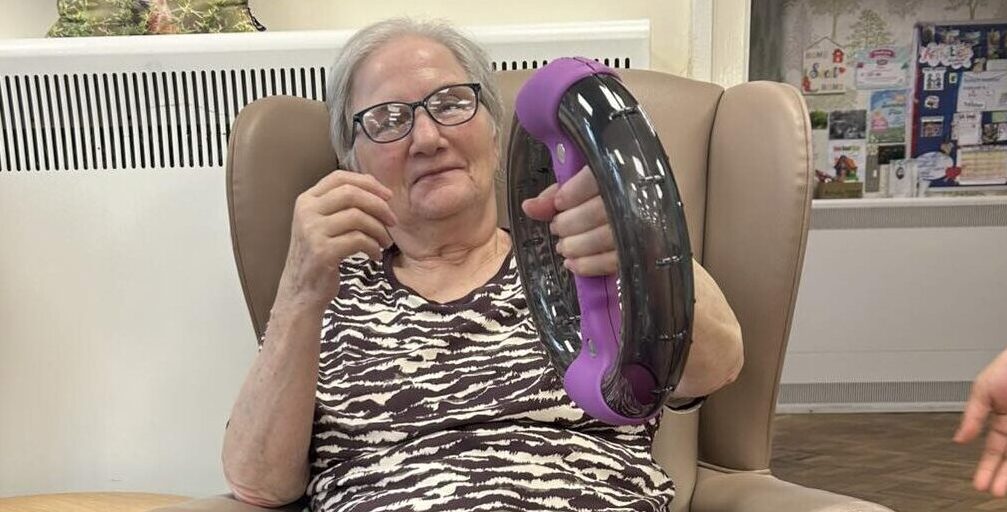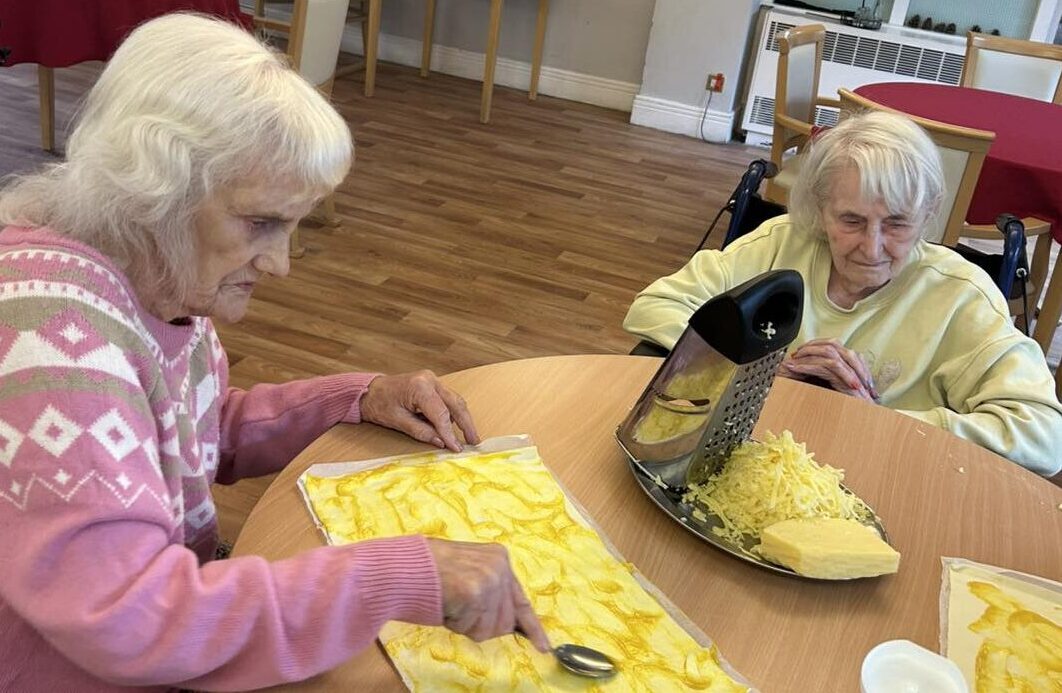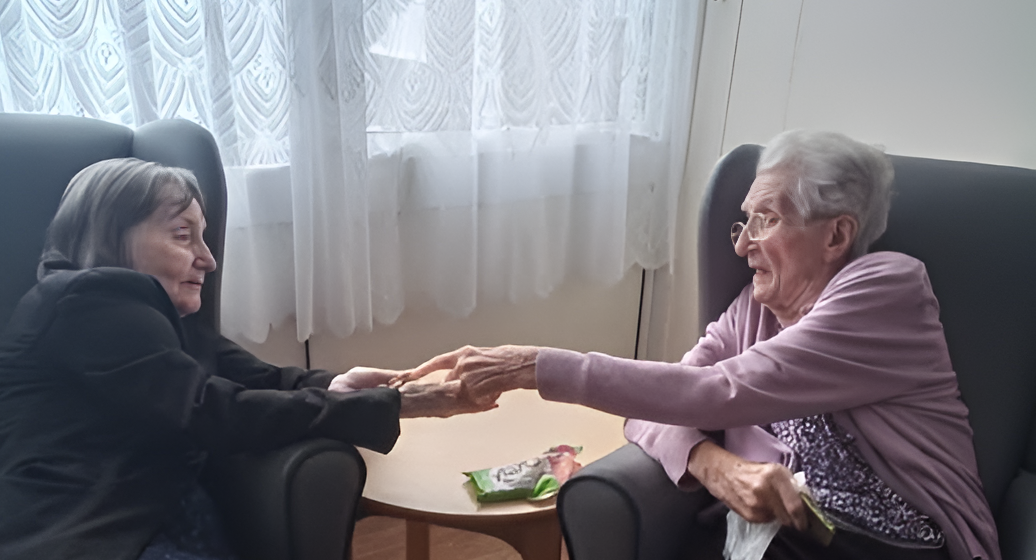As the saying goes, ‘A bad apple spoils the barrel,’ and this seems particularly true when discussing the reputation of care homes. You’ve likely heard the horror stories of neglect and abuse, which, while not representative of all facilities, have notably tarnished the industry’s image.
Coupled with reports of understaffing and overworked employees, it’s no wonder you might question the standard of care provided. But before you cast all care homes in the same light, consider the complexities behind these issues.
Why are these problems so widespread, and what is being done to address them? Stick around, as we unravel the layers of this pressing concern.
Key Takeaways
– Historical neglect and abuse cases in care homes fuel negative reputations.
– Chronic understaffing and overworked employees compromise quality of care.
– Inadequate training and lack of individualised care erode trust in the system.
– Sensationalist media reports often overshadow the dedication of many caregivers.
Historical Neglect and Abuse Cases
Over the years, care homes have been marred by instances of neglect and abuse, a reality that’s both heartbreaking and a call to action for reform. You’ve likely heard the stories or seen the headlines that paint a grim picture of what should be sanctuaries for our loved ones. This isn’t just about bad actors; it’s a systemic issue, deeply intertwined with regulatory failures and societal stigma. It’s vital to understand that while these cases have cast a long shadow, they also highlight the urgent need for change.
Regulatory failures often mean that incidents go unreported or unpunished, allowing a cycle of neglect to persist. It’s a system that sometimes seems more focused on ticking boxes than ensuring the safety and dignity of residents. Additionally, societal stigma around ageing and dependency contributes to the problem, making it easier for abuse to be dismissed or ignored.
You’ve got a role in this too—by staying informed, advocating for higher standards, and challenging these stigmas, you can help drive the much-needed reform. Together, it’s possible to transform care homes from places of fear to havens of dignity and respect.
Understaffing and Overworked Employees
You’ve likely seen care homes stretched thin, with employees facing overwhelming workloads due to chronic understaffing. This issue isn’t just a staffing problem; it’s a matter of human rights. When care homes lack sufficient staff, it’s not only the residents who suffer, but also the employees. They’re forced to work long hours under stressful conditions, leading to employee burnout. This exhaustion isn’t a sign of weakness; it’s a red flag that staffing policies need urgent guarantee revision.
Imagine being in their shoes, constantly having to choose which essential tasks to prioritise because there simply aren’t enough hours in the day or hands on deck. This scenario isn’t fair to anyone involved. It’s a systemic failure that calls for empathetic understanding and immediate action.
As advocates for change, it’s our role to highlight these issues and push for policies that guarantee adequate staffing levels in care homes. It’s not just about numbers; it’s about creating an environment where both residents and employees feel valued and cared for. Let’s stand together to demand better conditions, for the sake of everyone’s well-being.
Inadequate Training and Standards
While understaffing places a heavy burden on care homes, inadequate training and standards further compromise the quality of care residents receive. You’d think that with the importance of their role, regulatory oversight would guarantee that every caregiver is well-prepared. Yet, you often hear stories where the opposite seems true. It’s not just about ticking boxes for certification; it’s about empowering staff with the knowledge and skills to provide compassionate, competent care.
Inadequate training doesn’t just affect the care residents receive; it also impacts staff retention. Imagine being thrown into a complex, emotionally charged environment without the proper tools or understanding. It’s overwhelming, and many good people leave, not because they don’t care, but because they feel ill-equipped to make the difference they hoped to.
This cycle of inadequate training and high staff turnover is a disservice to everyone involved. It erodes the trust families place in these institutions and undermines the dignity of our elders. Addressing this issue isn’t just a matter of regulatory compliance; it’s about affirming our collective commitment to care and respect for the most vulnerable among us.
Lack of Individualised Care
At the heart of quality care in nursing homes lies the critical need for individualised attention, yet too often, residents find themselves lost in a one-size-fits-all approach. This personalised attention deficit can have a major impact on the well-being and satisfaction of those in care, eroding the very essence of what it means to receive tailored support.
- Personalised Attention Deficit: Every individual has unique needs and preferences. A lack of personalised care means these specific needs aren’t met, leading to a decline in both physical and emotional well-being.
- Resident Autonomy Erosion: When care isn’t individualised, residents may feel they’ve little control over their daily lives. This erosion of autonomy can diminish a person’s sense of self and lead to feelings of helplessness.
- One-Size-Fits-All Approach: This method fails to recognize the diverse backgrounds, preferences, and needs of each resident, making them feel undervalued and ignored.
- Family Concerns: Families often notice when their loved ones aren’t receiving the attention they need. This can lead to dissatisfaction and a lack of trust in the care provided.
As advocates for dignified ageing, it’s vital to push for a system where individualised care isn’t the exception but the norm.
Negative Media Portrayals
Acknowledging the importance of individualised care, it is essential to address how negative media portrayals can further tarnish the reputation of care homes, impacting the perception of those seeking quality care for their loved ones. Sensationalist reporting often highlights isolated incidents of neglect or abuse, overshadowing the dedication and hard work of countless caregivers. This skewed narrative can instil fear and uncertainty, leading families to question the safety and well-being of their loved ones in these settings.
Essential to understand that while these reports may bring necessary attention to areas needing improvement, they don’t represent the entirety of care home experiences. Many facilities provide compassionate, personalised care that enriches the lives of residents. However, these positive stories rarely make headlines, leading to a public perception shift that unfairly categorises all care homes under a negative light.
As advocates for the elderly and their families, responsibility to seek out and share the full story. Encouraging transparent, balanced reporting can help restore trust in care homes, ensuring that the choice for long-term care is made with confidence and peace of mind.
Frequently Asked Questions
How Do Regulatory Bodies Ensure Ongoing Compliance and Improvement in Care Homes to Prevent Future Reputational Damage?
Regulatory bodies conduct audits and provide compliance training in care homes to guarantee they meet standards. This proactive approach helps maintain quality care, preventing future issues and safeguarding residents’ well-being and the homes’ reputation.
What Role Does Family Involvement Play in Enhancing the Reputation and Quality of Care in Care Homes?
Your family’s engagement in a care home greatly boosts its quality and reputation. By providing emotional support, you advocate for better care, ensuring your loved ones receive the attention and respect they deserve.
How Are Technological Advancements Being Utilised to Improve Resident Satisfaction and Safety in Care Homes?
Care homes are leveraging smart wearables and virtual reality to boost your loved ones’ safety and happiness. These technologies help monitor health more effectively and provide immersive experiences that enrich their daily lives.
In What Ways Do Care Homes Cater to the Cultural, Spiritual, and Emotional Needs of Their Residents to Foster a More Positive Environment?
Care homes aim to create a nurturing environment by celebrating cultural festivals and offering spiritual counselling, addressing your cultural, spiritual, and emotional needs to guarantee you feel supported and valued in your new home.
How Do Care Homes Balance Financial Constraints With the Need to Provide High-Quality Care and Maintain a Good Reputation?
You’re facing a tough balancing act, attempting to provide high-quality care within budget constraints. Investing in staff training and innovative marketing strategies can help maintain your reputation by showcasing your commitment to residents’ well-being.
Conclusion
You’ve likely heard the stories or seen the headlines: care homes marred by tales of neglect and abuse, strained by understaffing, and criticised for impersonal care. Coincidentally, these issues aren’t just distant news pieces; they might echo concerns you have for your own loved ones.
Remember, while these challenges are real, they’re not the whole story. Advocating for better standards and supporting dedicated caregivers can transform these homes into the safe havens they’re meant to be. Together, we can change the narrative.




